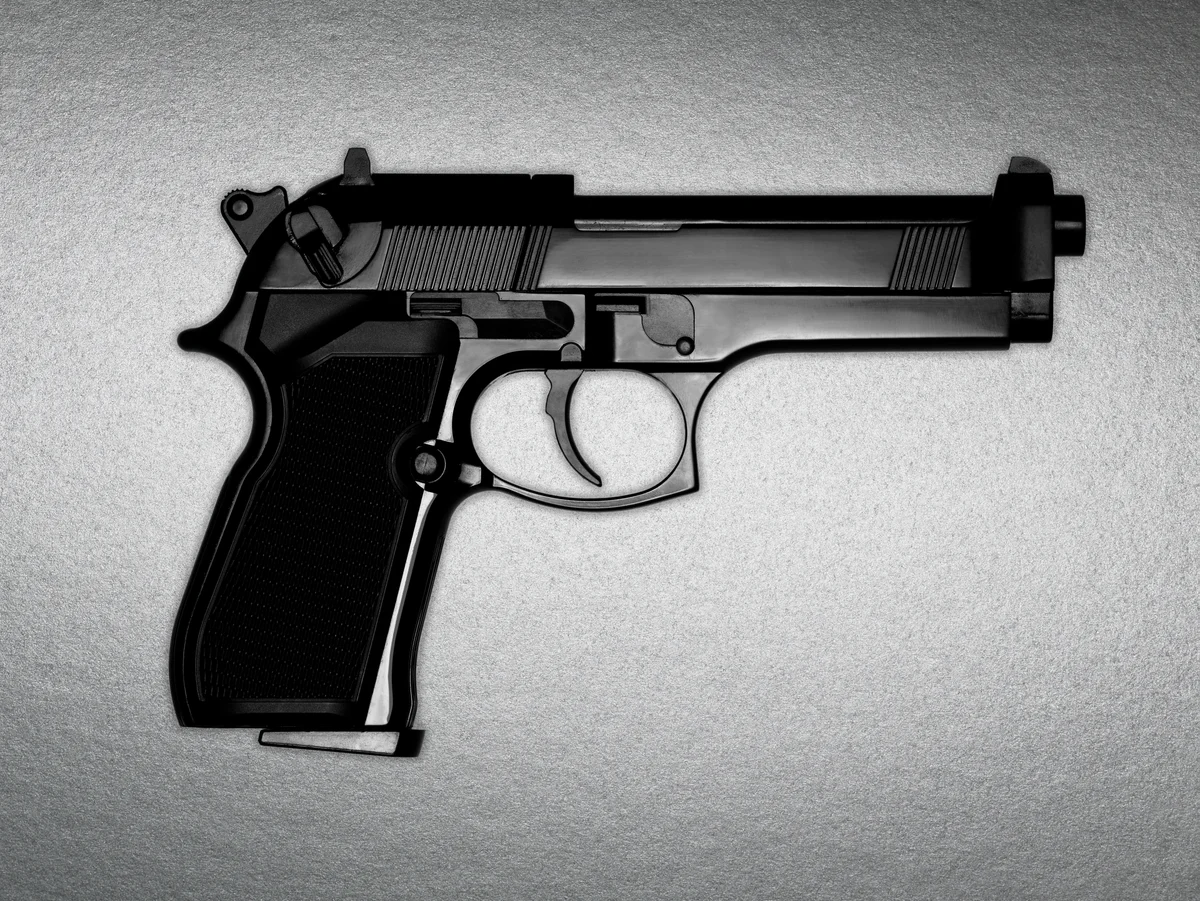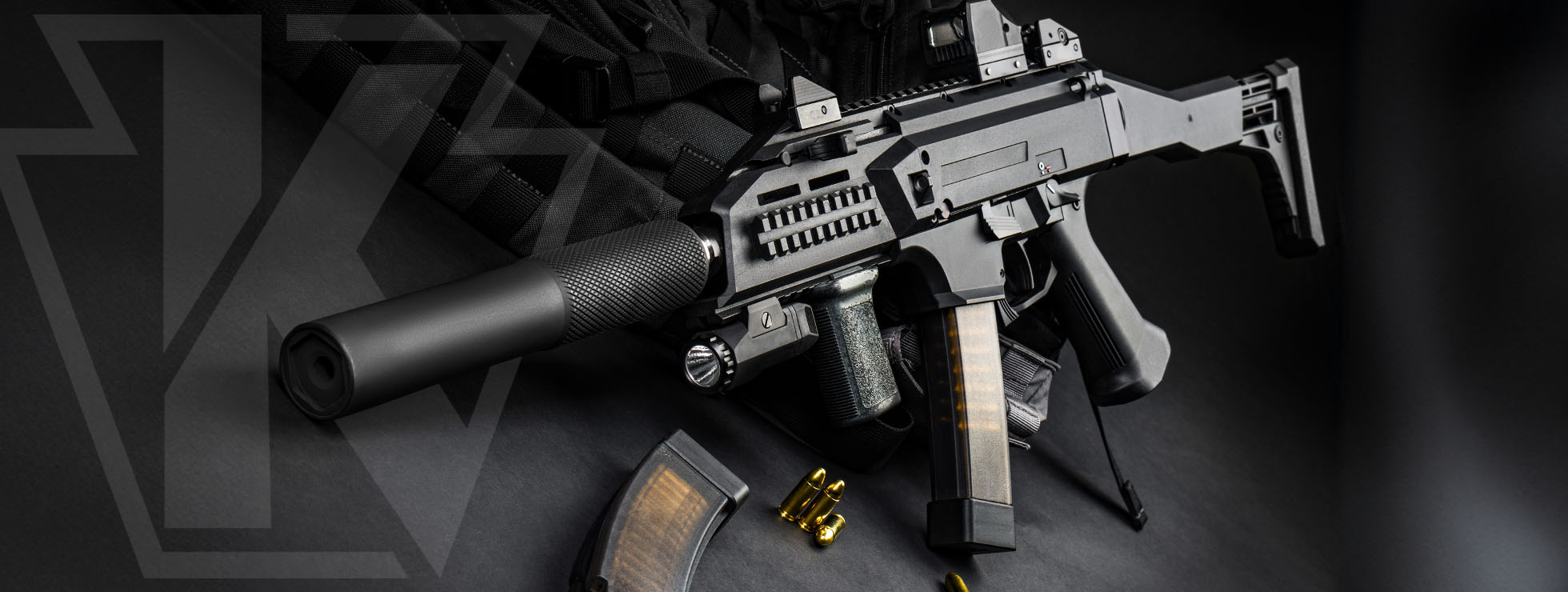Guns have played a significant role throughout human history, evolving from basic handheld weapons to highly sophisticated instruments of defense, law enforcement, and sport. Their impact is far-reaching, and the debates surrounding their use, safety, and regulation remain central to many global discussions. In this article, we explore the history, types, uses, safety, controversies, and regulations of guns, offering a deeper understanding of their role in society.
1. The History of Guns
The origins of guns trace back to the invention of gunpowder in China during the 9th century. Initially used in fireworks, gunpowder was soon adapted to create firearms. The first guns were rudimentary devices, such as hand cannons, which appeared in China and later spread to the Middle East and Europe.
By the 15th century, firearms began to resemble modern guns. The matchlock mechanism, introduced around 1475, was one of the earliest attempts at a firing mechanism using a match to ignite gunpowder. This was followed by other innovations, such as the wheellock and flintlock designs, which made guns more reliable and easier to use.
The 19th century marked significant advancements with the introduction of rifled barrels (which improved accuracy) and the advent of repeating firearms (which allowed for multiple shots before reloading). The industrial revolution led to mass production of firearms, making them more accessible. Smokeless powder (introduced in the late 1800s) replaced black powder, allowing for higher velocity and less visible smoke, thus improving firearms’ performance.
2. Types of Guns
Guns come in many different types, each designed for specific uses. Broadly, guns can be categorized into the following groups:
- Handguns: These small, portable firearms are typically used for self-defense, law enforcement, and in some cases, recreation. The most common types of handguns are:
- Revolvers: Feature a rotating cylinder that holds rounds and rotates each time the gun is fired.
- Semi-automatic Pistols: Automatically reload the chamber after each shot, allowing for faster successive shots.
- Rifles: Long-barreled firearms designed for precision shooting at greater distances. They are commonly used for hunting, sport shooting, and military applications. Rifles include:
- Bolt-action rifles: Require manual operation to load and eject the spent cartridge after each shot.
- Semi-automatic rifles: Automatically reload the chamber after each shot but require the shooter to pull the trigger for each round.
- Assault rifles: These are typically capable of both semi-automatic and fully automatic firing and are used primarily by the military.
- Shotguns: These firearms are designed to fire a shell containing multiple pellets or a single slug. Shotguns are widely used in hunting, sport shooting, and law enforcement. There are:
- Pump-action shotguns: Require the user to manually operate the pump to load the next round.
- Semi-automatic shotguns: Automatically load the next round after firing.
- Machine Guns: These are fully automatic firearms designed for sustained fire and used mainly by the military. They are capable of firing hundreds of rounds per minute.
- Submachine Guns: Compact, fully automatic firearms that fire pistol-caliber ammunition. They are used by military and special forces units.
3. Uses of Guns
Guns are used for various purposes, and their role in society can be categorized into the following areas:
- Self-Defense: One of the primary reasons people own guns is for personal protection. In many countries, individuals can legally own firearms for self-defense purposes, particularly in areas where law enforcement may be slow to respond.
- Law Enforcement and Military: Guns are essential tools for police officers and military personnel, used for maintaining order, defending against threats, and enforcing laws. They are necessary for responding to dangerous situations quickly and effectively.
- Hunting: Many gun owners use firearms for hunting game, a practice that dates back centuries. Rifles and shotguns are commonly used for hunting various animals, from small game to large wildlife like deer and elk.
- Sport and Recreation: Guns are used in shooting sports, including target shooting, skeet shooting, and competitive shooting. These activities are popular both for recreation and as professional sports, with global competitions like the Olympics showcasing marksmanship skills.
- Collecting: Some gun enthusiasts collect firearms as a hobby, appreciating their historical value, craftsmanship, and design. Collecting can range from antique guns to modern firearms.
4. Gun Safety
Safety is paramount when handling guns. Proper training and responsible usage are essential to prevent accidents and ensure the safe operation of firearms. Key gun safety rules include:
- Always treat a gun as if it is loaded: Regardless of whether you believe a gun is unloaded, always assume it is and handle it with caution.
- Never point the gun at anything you do not intend to shoot: Always ensure the muzzle is pointed in a safe direction, away from people, animals, and objects.
- Keep your finger off the trigger until you are ready to shoot: This is a critical safety rule to prevent accidental discharge.
- Be aware of your surroundings: Always know your target and what is beyond it. Guns can have a long range, and shots may go further than intended.
- Proper storage: Guns should be stored securely in a locked safe or gun cabinet to prevent unauthorized access, especially by children.
5. Controversies and Debates on Guns
The use and ownership of guns are deeply controversial, particularly in countries like the United States, where gun ownership is a fundamental right enshrined in the Second Amendment of the U.S. Constitution. Some key issues in the gun debate include:
- Gun Control vs. Gun Rights: Advocates of gun rights argue that owning firearms is a fundamental part of personal freedom and self-defense. They often resist regulations that would limit access to certain types of firearms, claiming that responsible gun ownership reduces crime and empowers individuals. On the other hand, supporters of gun control argue that stricter regulations are needed to reduce gun violence, prevent mass shootings, and ensure public safety. Many believe that tighter background checks, limits on assault weapons, and restrictions on the number of firearms an individual can own would lead to fewer deaths and injuries related to guns.
- Gun Violence: The issue of gun violence remains a significant concern, especially in countries with high rates of firearm ownership. Mass shootings, suicides, and gang-related violence are all linked to the proliferation of guns. In some regions, the debate over gun violence has sparked calls for stronger restrictions and greater accountability for gun manufacturers and sellers.
- Cultural Impact: Guns have become a central part of many cultures, especially in countries like the U.S., where firearms are heavily embedded in the nation’s history and identity. This cultural attachment often makes discussions on gun control politically sensitive and emotionally charged.
6. Regulation of Guns
Gun regulations vary greatly across countries, with different legal frameworks determining who can own and use guns, under what conditions. Some common regulatory measures include:
- Background Checks: Many countries require background checks before purchasing firearms to ensure buyers do not have a criminal history or mental health issues that could make them a danger to themselves or others.
- Licensing and Permits: In many places, gun owners must obtain licenses or permits, often after completing a safety course. In some countries, permits are required for the ownership of specific types of firearms, like handguns or assault rifles.
- Bans on Certain Firearms: Some countries, like the UK and Australia, have imposed strict bans or heavy restrictions on the ownership of certain firearms, including assault rifles and fully automatic guns. These measures were implemented after mass shootings and gun-related violence spurred public outcry.
7. The Future of Guns
The future of guns is shaped by technological advancements and the evolving societal attitude toward firearms. Developments like smart guns, which require biometric verification before firing, may improve safety and reduce the risk of unauthorized use. Advances in 3D printing also have the potential to change the landscape of gun manufacturing, raising concerns about untraceable firearms.
As global conversations around gun violence and gun control continue, future regulations and innovations may balance the need for personal protection with public safety concerns.
Conclusion
Guns are powerful tools that have shaped history and continue to influence societies around the world. While they are essential for self-defense, law enforcement, military operations, and recreation, their widespread use has also sparked intense debates about safety, regulation, and violence. Understanding the various types of guns, the importance of gun safety, and the ongoing issues surrounding gun control is essential for navigating the complexities of gun ownership and use in today’s world.



